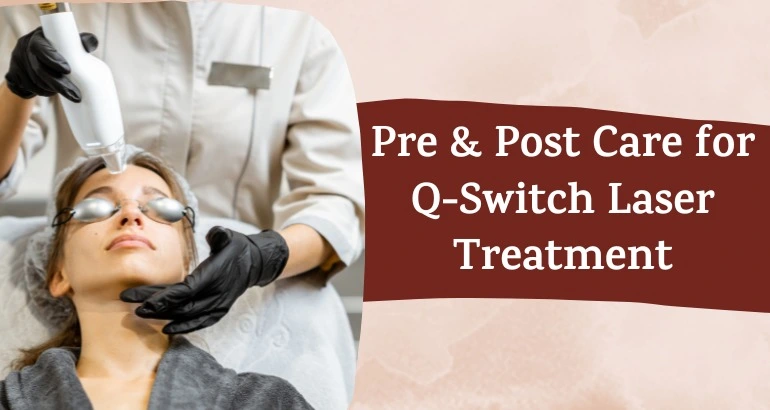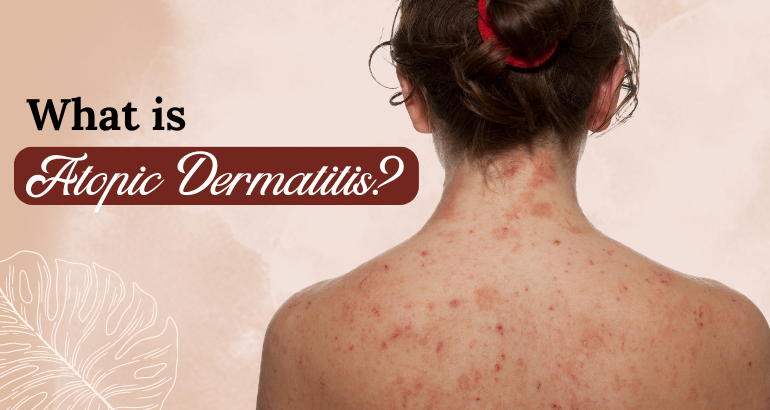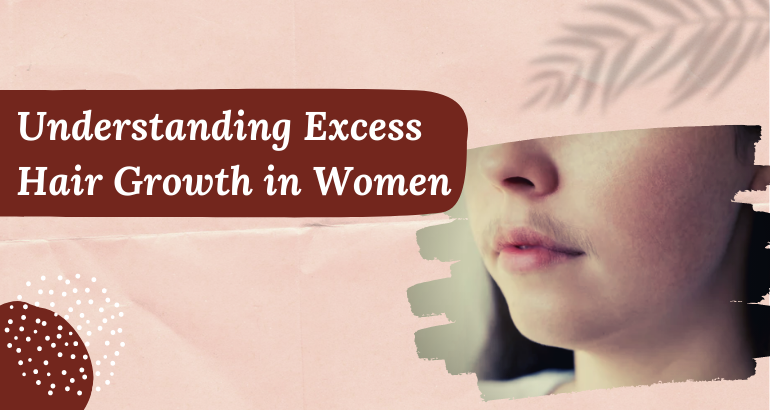Pre and Post Care for Q-Switch Laser Treatment: A Comprehensive Guide
Q-switch laser treatment is a popular cosmetic procedure used to improve a variety of skin concerns, including pigmentation, acne scars, and tattoo removal. However, to achieve the best possible results and minimize potential side effects, it is important to take proper care of your skin before and after the treatment.
In this blog post, we will discuss the pre and post-care instructions for Q-switch laser treatment, including what to do before the treatment, what to expect during and after the treatment, and how to care for your skin post-treatment.
Pre-Care Instructions for Q-Switch Laser Treatment
Before undergoing Q-switch laser treatment, it is important to follow these pre-care instructions to prepare your skin for the treatment:
Avoid sun exposure: Avoid sun exposure for at least two weeks before the treatment. If you must be in the sun, wear protective clothing and use sunscreen with an SPF of at least 30.
Avoid tanning: Avoid tanning beds and self-tanners for at least two weeks before the treatment.
Avoid certain medications: Avoid medications that can increase the risk of bleeding, such as aspirin, ibuprofen, and blood thinners, for at least two weeks before the treatment.
If you are taking prescription medications, talk to your doctor before stopping or adjusting the dosage.
Avoid alcohol and caffeine: Avoid alcohol and caffeine for at least 24 hours before the treatment.
Moisturize: Keep your skin moisturized leading up to the treatment, as dry skin can increase the risk of complications.
Post-Care Instructions for Q-Switch Laser Treatment
After undergoing Q-switch laser treatment, it is important to follow these post-care instructions to ensure proper healing and minimize potential side effects:
Avoid sun exposure: Avoid sun exposure for at least two weeks after the treatment. If you must be in the sun, wear protective clothing and use sunscreen with an SPF of at least 30.
Avoid tanning: Avoid tanning beds and self-tanners for at least two weeks after the treatment.
Avoid certain medications: Avoid medications that can increase the risk of bleeding, such as aspirin, ibuprofen, and blood thinners, for at least two weeks after the treatment.
Avoid strenuous exercise: Avoid strenuous exercise for at least 24 hours after the treatment.
Keep the treated area clean: Keep the treated area clean and dry. Avoid rubbing, scratching, or picking at the treated area.
Apply ice packs: Apply ice packs to the treated area for 10-15 minutes at a time, as needed, to reduce swelling and discomfort.
Use recommended products: Use recommended products, such as moisturizers and sunscreen, as directed by your doctor to aid in the healing process and protect your skin.
What to Expect During Q-Switch Laser Treatment?
During the Q-switch laser treatment, you may experience some discomfort, which can vary depending on the area being treated and your pain tolerance. Your doctor may apply a topical numbing cream to the treatment area to minimize discomfort.
The treatment itself can take anywhere from a few minutes to an hour, depending on the size and number of areas being treated. After the treatment, you may experience some redness, swelling, and mild discomfort, which should subside within a few hours to a few days.
If you experience any severe or prolonged discomfort, or if you notice any signs of infection, such as redness, pus, or fever, contact your doctor immediately.
The number of Q-switch laser treatments needed will depend on the individual’s specific needs and the severity of their skin concerns. Some people may see results after just one treatment, while others may require multiple treatments to achieve their desired results.
Generally, it is recommended to undergo a series of treatments spaced several weeks apart to achieve the best results. Your doctor will evaluate your skin and recommend the optimal treatment plan for your specific needs.
It is important to note that Q-switch laser treatment is not a one-time solution for skin concerns. As with any cosmetic procedure, maintenance treatments may be necessary to maintain the results over time.
Your doctor can provide guidance on the frequency of maintenance treatments based on your individual needs.
Conclusion:
Q-switch laser treatment is an effective way to improve a variety of skin concerns, including pigmentation, acne scars, and tattoo removal. To achieve the best results and minimize potential side effects, it is important to follow proper pre and post-care instructions.
Before the treatment, it is important to avoid sun exposure and certain medications, keep your skin moisturized, and follow any other instructions provided by your doctor.
After the treatment, it is important to avoid sun exposure and certain medications, keep the treated area clean and apply ice packs, and use recommended products to aid in the healing process and protect your skin.
The number of Q-switch laser treatments needed will vary depending on the individual’s specific needs and the severity of their skin concerns. It is important to work with your doctor to develop an optimal treatment plan and schedule maintenance treatments as needed to maintain the results over time.
With proper care and treatment, Q-switch laser treatment can provide significant improvements in the appearance and health of your skin.
Skin Care clinics in Powai, Mumbai
If you are a resident of Powai and are experiencing minor skin-related discomfort, consult Dr. Pallavi Sule today, the best skin specialist in Powai, Mumbai. Receiving professional diagnosis, care and treatment at the early stages can turn out to be crucial to prevent disease escalation or related problems.









